Queer voices have shaped film history across continents and genres, and many of the most enduring movies came from openly gay filmmakers who built careers with persistence and vision. Their work spans intimate character studies, provocative art films, sweeping period pieces, and pop culture landmarks that audiences revisit again and again. Together they expanded what stories could be told and who got to tell them, while nurturing actors and craftspeople who would go on to do the same.
This list brings together twenty gay directors whose filmography continues to influence how stories are made and shared. You will see pioneers who worked in eras when being out carried real risks, and contemporary filmmakers whose success helped widen the door for the next generation. Each entry highlights the works, collaborators, and hallmarks that define their legacy.
Pedro Almodóvar
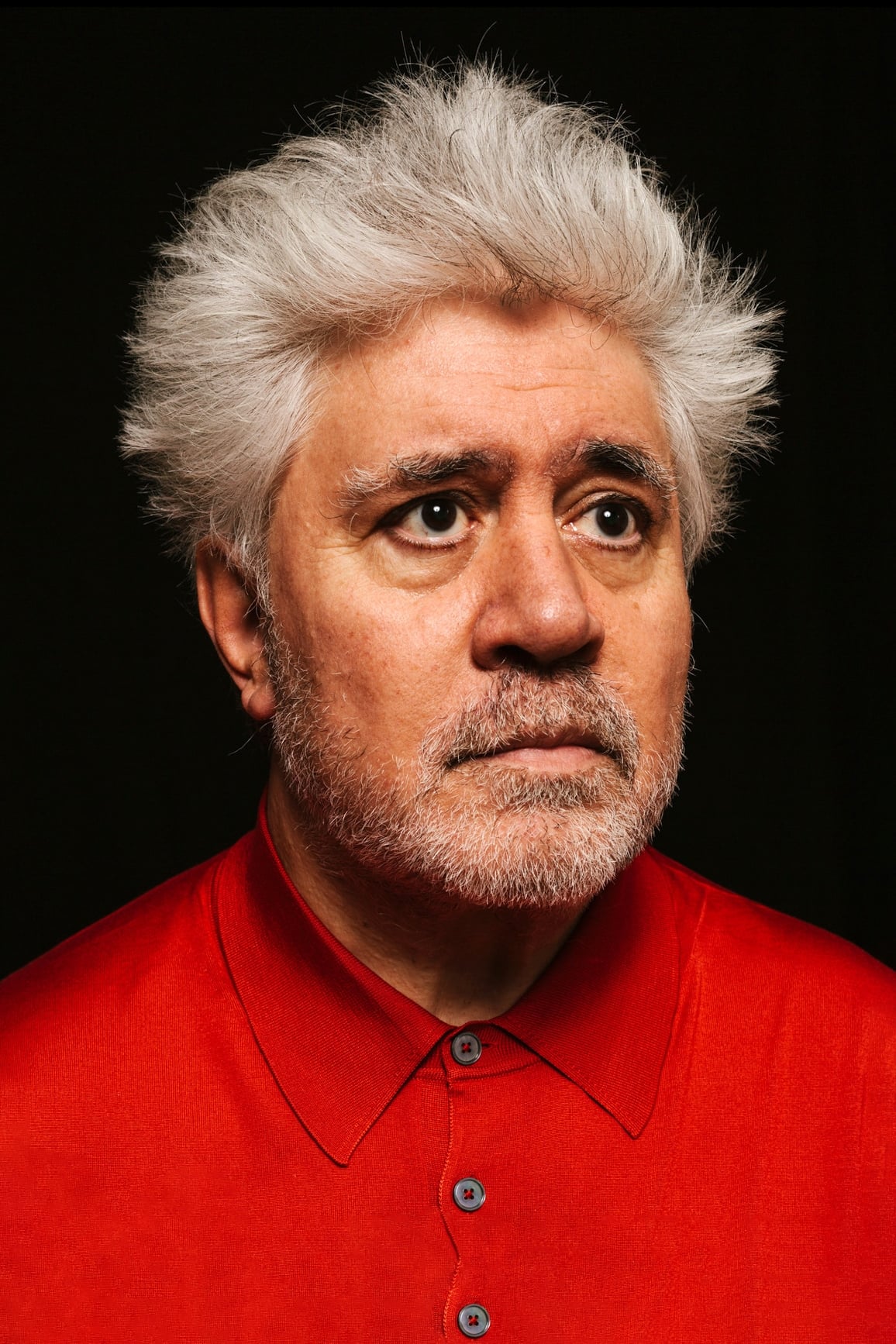 TMDb
TMDbAlmodóvar emerged from Spain’s post-dictatorship counterculture with bold color, memorable ensembles, and a recurring company of actors. Films like ‘All About My Mother’, ‘Talk to Her’, ‘Volver’, and ‘Pain and Glory’ explore family, desire, guilt, and reinvention through layered characters and a playful yet precise command of melodrama.
He founded the production company El Deseo with his brother to maintain creative control and support Spanish and international projects. His collaborations with Penélope Cruz, Antonio Banderas, and composer Alberto Iglesias created a recognizable signature that blends humor with compassion while keeping queer perspectives central to the narrative frame.
Gus Van Sant
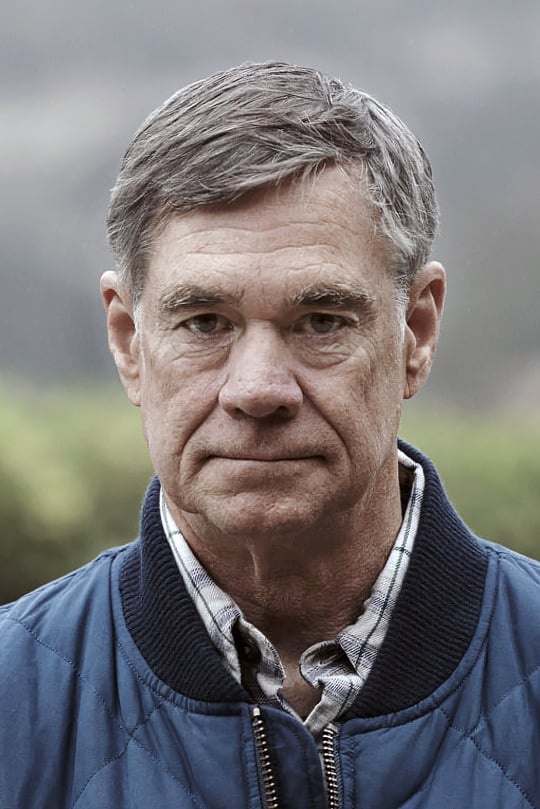 TMDb
TMDbVan Sant moves between indie intimacy and studio scale while keeping a keen eye on outsiders and dreamers. Landmark titles include ‘My Own Private Idaho’, ‘Good Will Hunting’, ‘Elephant’, and ‘Milk’, which brought the life of Harvey Milk to a wide audience with careful attention to history and community.
He frequently experiments with form, using long takes, ambient sound, and nonprofessional performers in projects like ‘Gerry’ and ‘Last Days’. As a photographer and music video director, he brings a visual rhythm to his films, and he has consistently mentored younger talent both in front of and behind the camera.
Todd Haynes
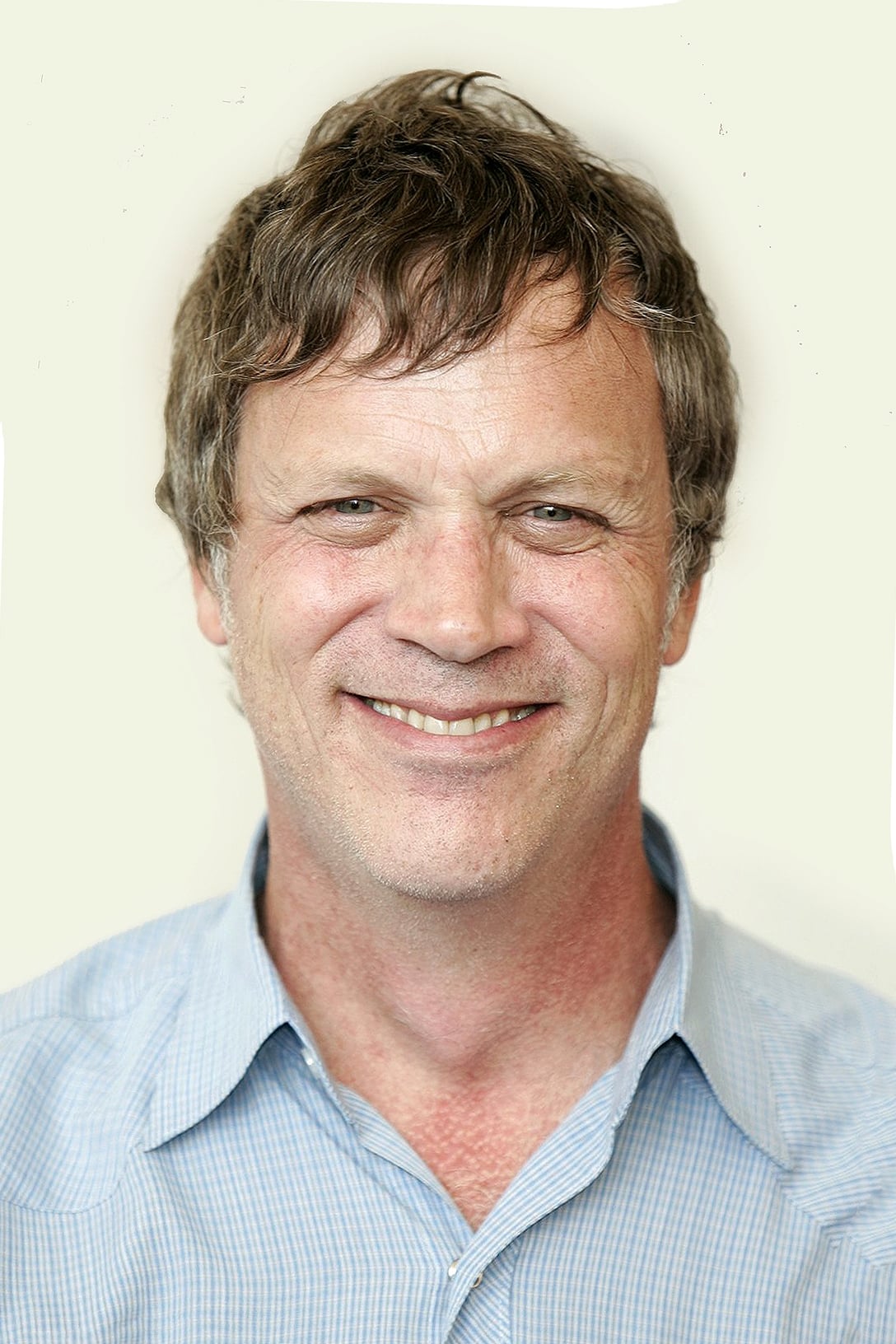 TMDb
TMDbHaynes studies desire, performance, and identity with meticulous craft and research. His films include ‘Poison’, ‘Safe’, ‘Far from Heaven’, ‘Carol’, ‘Dark Waters’, and the music-minded ‘Velvet Goldmine’ and ‘I’m Not There’, which reimagines the biopic through a kaleidoscope of personas.
He co-founded the New Queer Cinema movement through early shorts and features that challenged norms in style and subject. Haynes often works with producer Christine Vachon and cinematographers like Ed Lachman to build refined visual worlds where costumes, sets, and soundscapes reveal character psychology.
John Waters
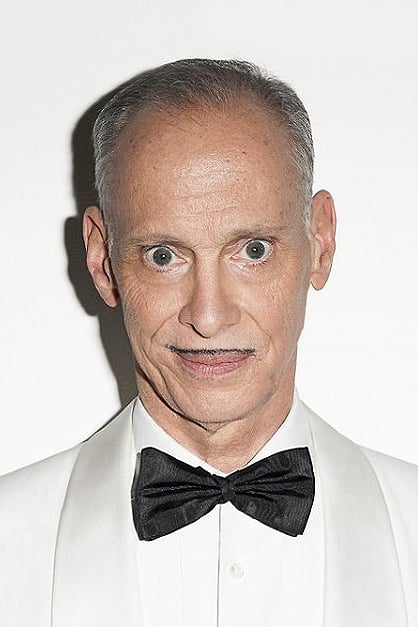 TMDb
TMDbWaters brought underground transgression into the mainstream while keeping a Baltimore heart and a mischievous sense of showmanship. Cult favorites like ‘Pink Flamingos’, ‘Female Trouble’, and ‘Polyester’ paved the way for the mainstream success of ‘Hairspray’, which later became a hit stage musical and a new film.
He developed a stock company led by Divine and later collaborated with stars like Kathleen Turner and Johnny Depp. Beyond film, Waters writes books, makes art, and tours live shows, all while celebrating outsiders and making boundary-pushing comedy accessible to wide audiences.
Luca Guadagnino
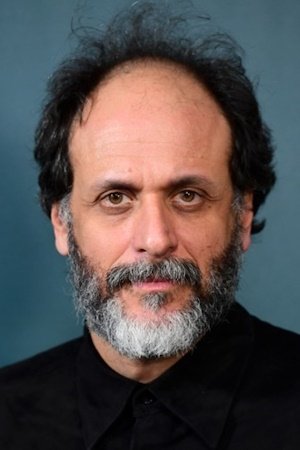 TMDb
TMDbGuadagnino crafts sensual, tactile cinema that lingers on spaces, objects, and the way people look at one another. Notable works include ‘I Am Love’, ‘A Bigger Splash’, ‘Call Me by Your Name’, and ‘Bones and All’, with themes that track longing, class, and transformation.
He maintains close creative partnerships with editor Walter Fasano and composers like Devonté Hynes and Trent Reznor with Atticus Ross. His projects often reteam actors across films, creating a repertory feel that deepens character chemistry and gives his work a consistent emotional texture.
Terence Davies
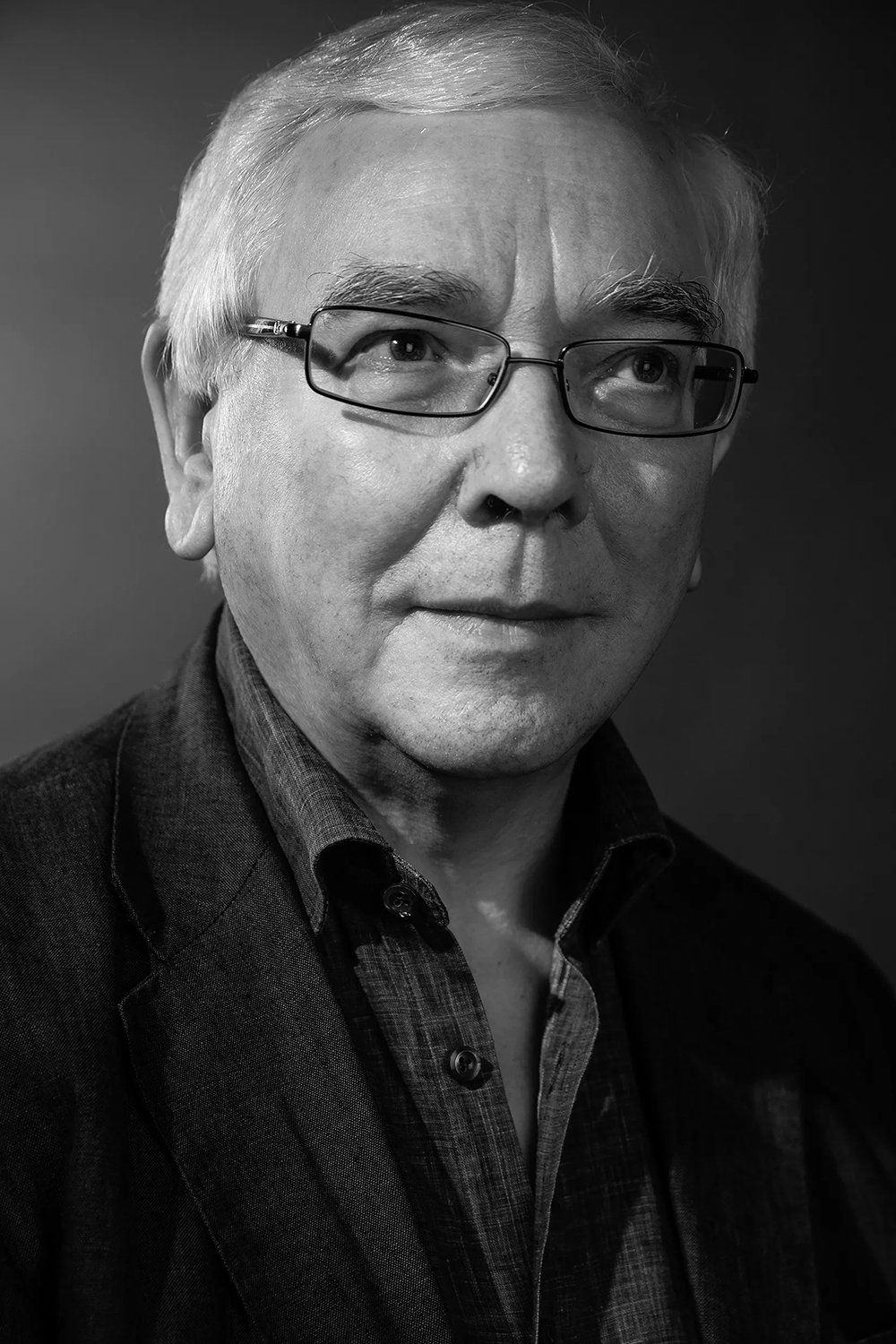 TMDb
TMDbDavies fused memory, music, and working-class Liverpool life into films of lyrical restraint and emotional force. Titles such as ‘Distant Voices, Still Lives’, ‘The Long Day Closes’, ‘The Deep Blue Sea’, and ‘A Quiet Passion’ show his gift for weaving personal recollection with literary adaptation.
He frequently uses period music and carefully composed tableaux to evoke time and place. His autobiographical approach influenced generations of filmmakers who treat cinema as a vessel for memory, and he remained a singular voice in British film throughout his career.
Derek Jarman
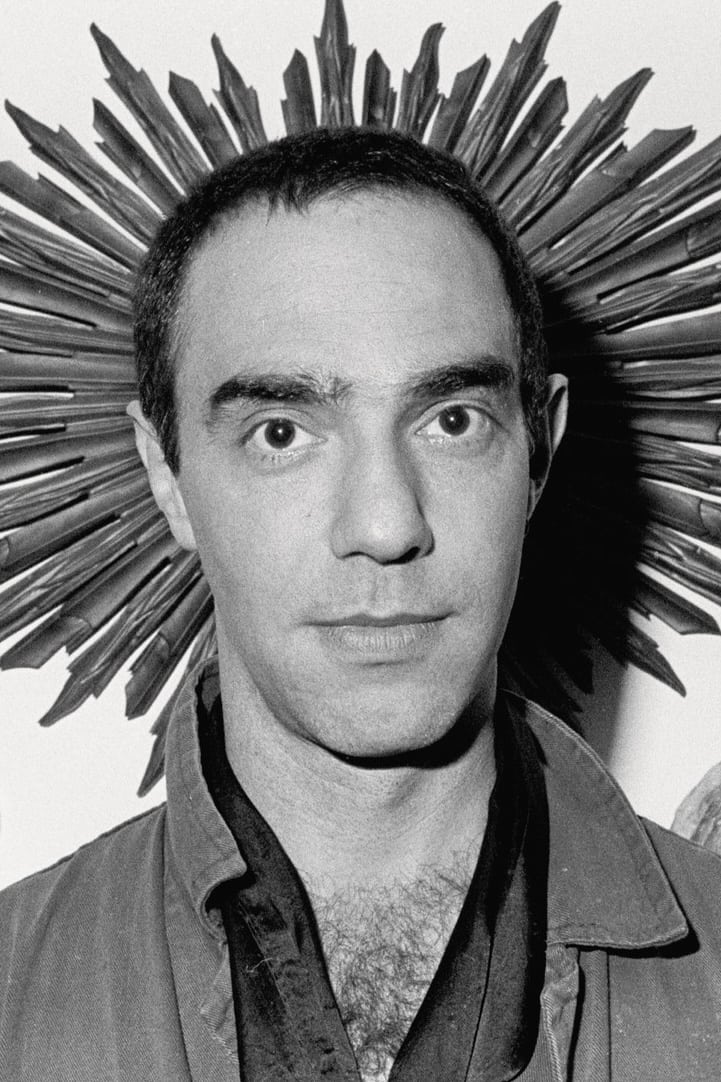 TMDb
TMDbJarman combined painting, activism, and cinema to create provocative works that confront history, sexuality, and illness. Films like ‘Sebastiane’, ‘Jubilee’, ‘Caravaggio’, ‘The Last of England’, and ‘Blue’ pushed the boundaries of narrative and form while documenting a community under pressure.
He collaborated with musicians, designers, and performers from the punk and art worlds, and he maintained a celebrated garden at Dungeness that appears in his films and writing. His open discussion of living with HIV and his advocacy work made him a crucial cultural figure beyond cinema.
James Ivory
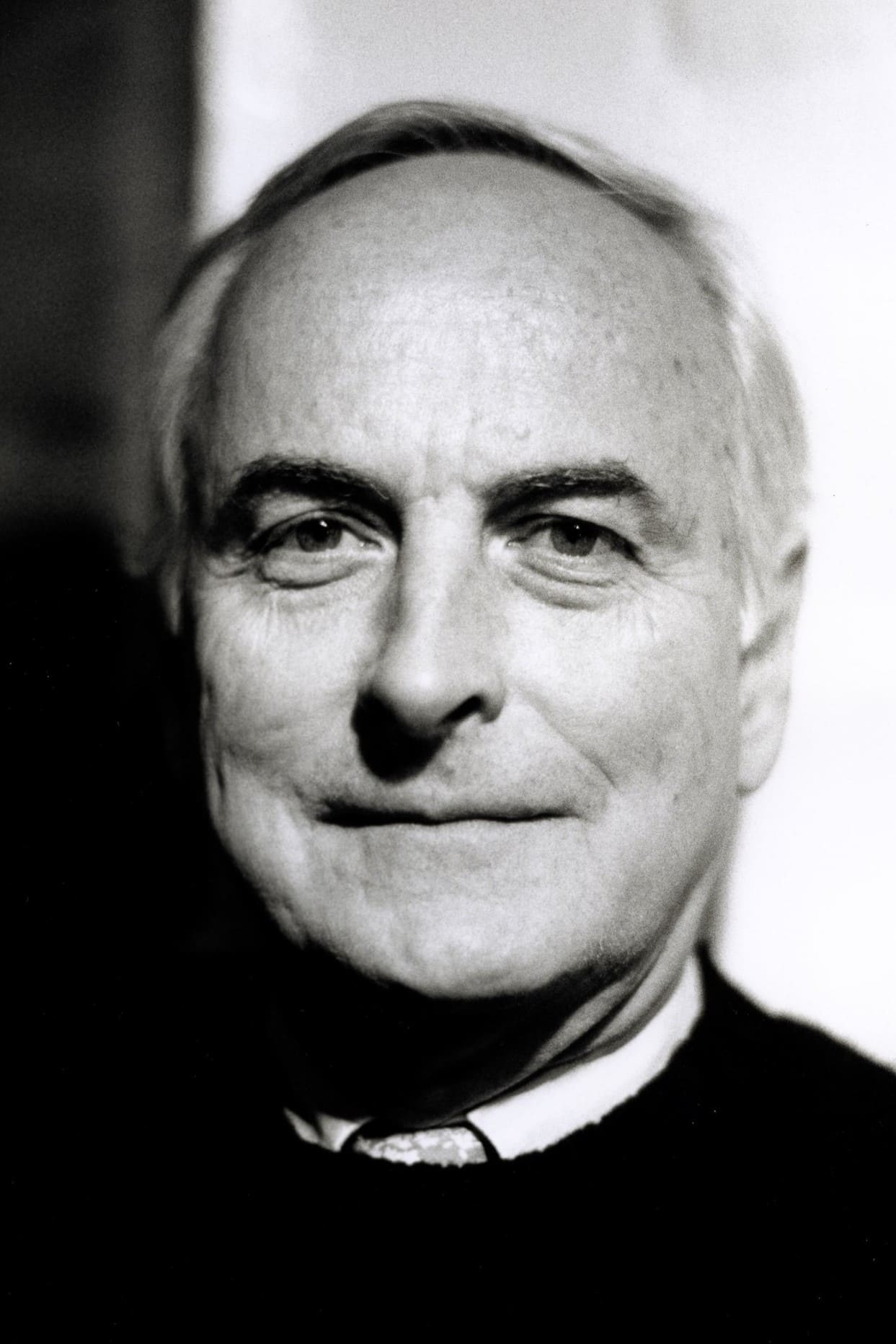 TMDb
TMDbIvory, working with producer Ismail Merchant and screenwriter Ruth Prawer Jhabvala, built Merchant Ivory Productions into a cornerstone of literary adaptation. Films like ‘A Room with a View’, ‘Howards End’, and ‘The Remains of the Day’ set a benchmark for period drama with careful attention to class and restraint.
He later penned the screenplay for ‘Call Me by Your Name’, which earned widespread recognition and reflected his enduring interest in nuanced romantic awakening. Ivory’s collaborations showcase a model of international co-production that nurtured craftsmen and actors across decades.
Pier Paolo Pasolini
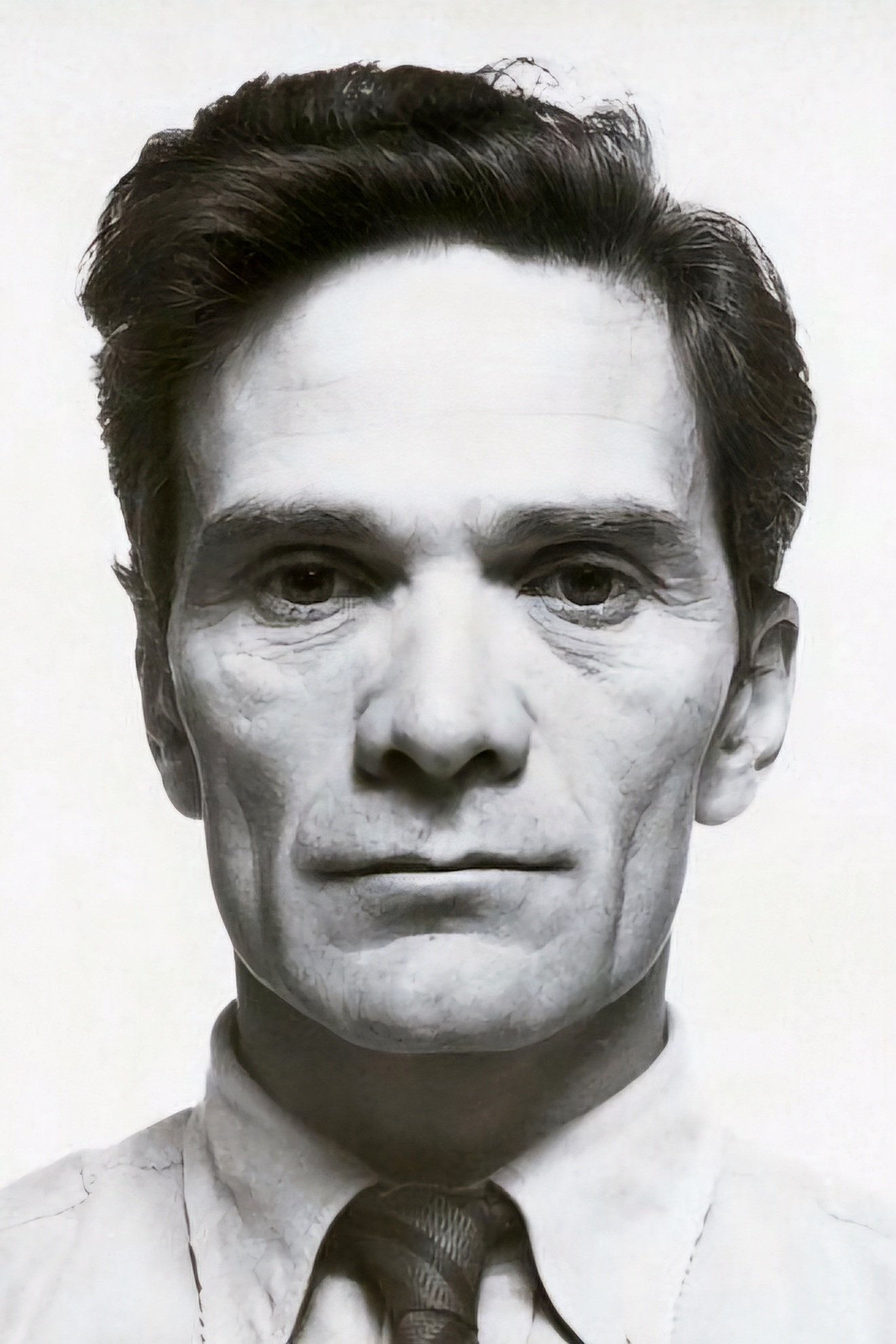 TMDb
TMDbPasolini balanced poetry, politics, and provocation across cinema and letters. His body of work includes ‘Accattone’, ‘The Gospel According to Matthew’, ‘Teorema’, and ‘Salò, or the 120 Days of Sodom’, each interrogating power, sexuality, and faith through stark imagery and challenging ideas.
He wrote novels, essays, and journalism that contextualize his films within Italian social upheaval. His collaborations with nonprofessional actors and his documentary-inflected style influenced neorealist and experimental traditions long after his death.
Rainer Werner Fassbinder
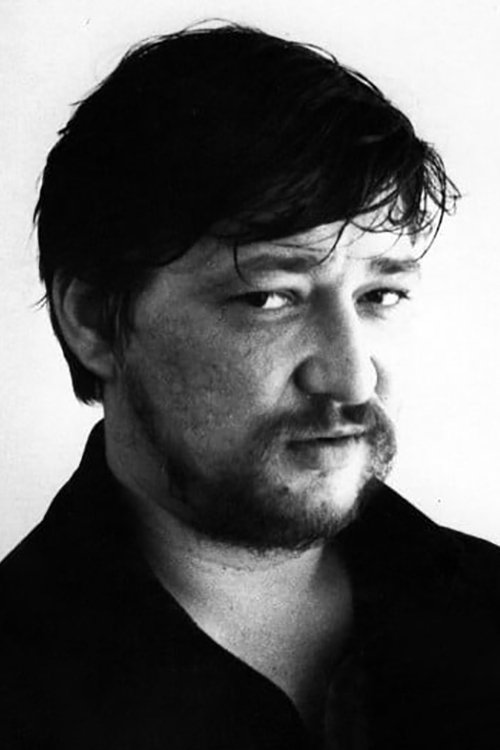 TMDb
TMDbFassbinder made an extraordinary number of films and television projects while building a repertory troupe of actors and craftspeople. Key works include ‘Ali: Fear Eats the Soul’, ‘The Bitter Tears of Petra von Kant’, ‘Berlin Alexanderplatz’, and ‘Veronika Voss’, which examine love, exploitation, and postwar identity.
He wrote, directed, acted, and produced with relentless pace, drawing from theater and melodrama to expose social hierarchies. His influence can be seen in modern European cinema that blends political critique with intimate, stylized storytelling.
Xavier Dolan
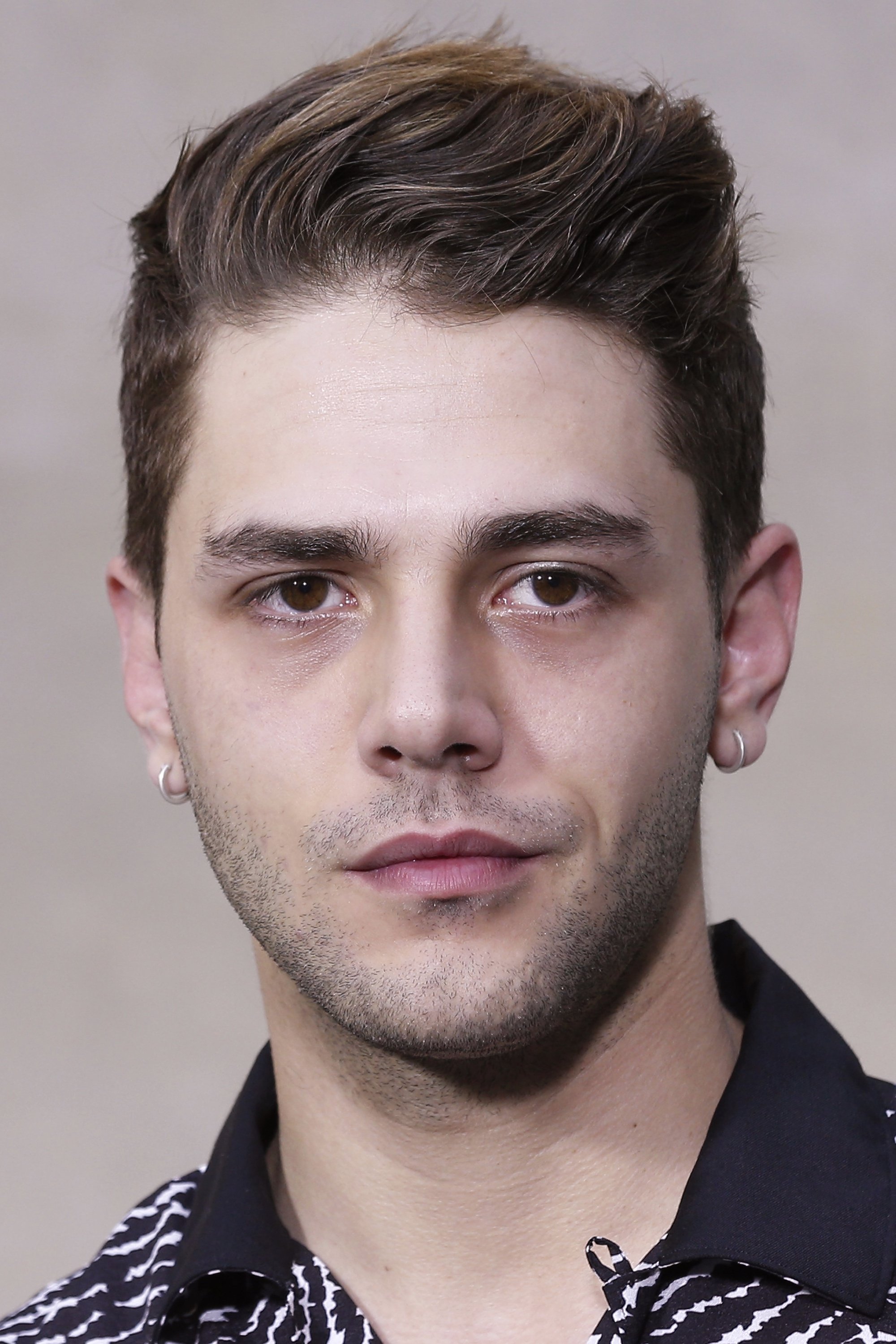 TMDb
TMDbDolan began directing young and quickly established a voice centered on family bonds, queer identity, and pop-inflected emotion. Films like ‘I Killed My Mother’, ‘Heartbeats’, ‘Mommy’, and ‘It’s Only the End of the World’ combine bold framing with needle-drop soundtracks and striking costume choices.
He often acts, edits, and designs posters for his own films, keeping control over tone and branding. Dolan’s work at major festivals drew attention to Canadian cinema and opened doors for other francophone voices with personal, stylized stories.
Ira Sachs
 TMDb
TMDbSachs explores relationships and the economic pressures that shape them with gentle clarity. Notable films include ‘Keep the Lights On’, ‘Love Is Strange’, and ‘Little Men’, which follow couples and families navigating housing, work, and loyalty in New York and beyond.
He co-founded Queer/Art, a mentorship program that pairs emerging LGBTQ+ artists with established figures across disciplines. This community work mirrors his films, which foreground interdependence and the quiet negotiations of daily life.
Andrew Haigh
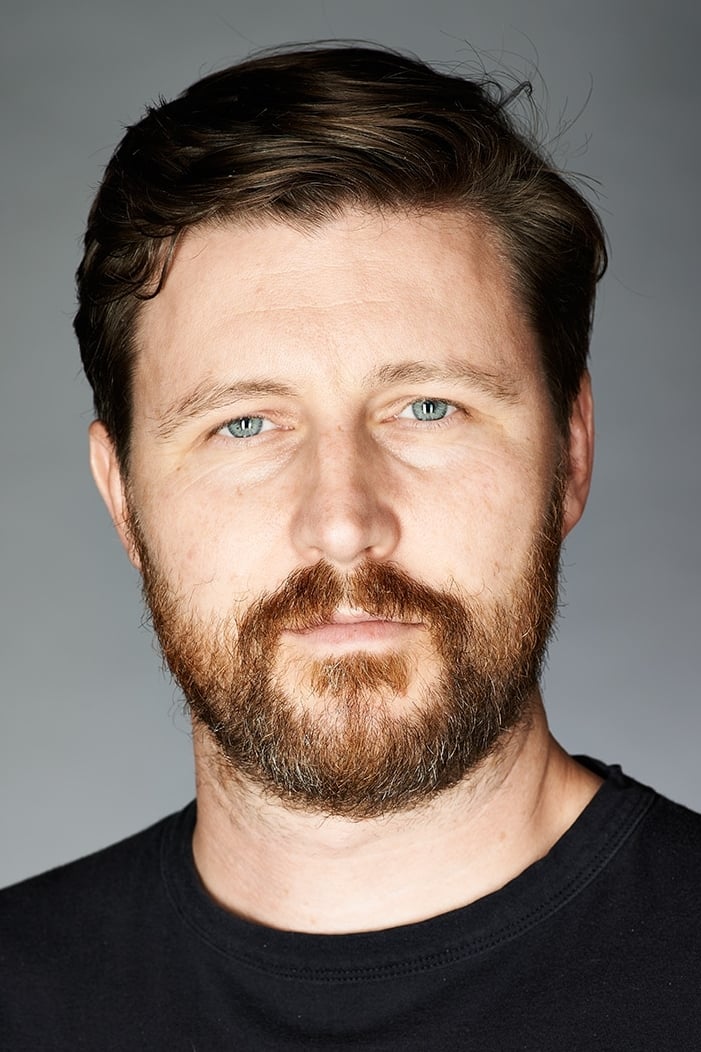 TMDb
TMDbHaigh brings understated realism to stories about connection and distance. His features include ‘Weekend’, ’45 Years’, and ‘Lean on Pete’, each using naturalistic performances and careful pacing to reveal how small choices carry lasting weight.
He also directs acclaimed television, bringing the same human scale and attention to atmosphere. Haigh’s collaborations with actors and a preference for location shooting give his work a lived-in feeling that resonates with audiences.
Tom Ford
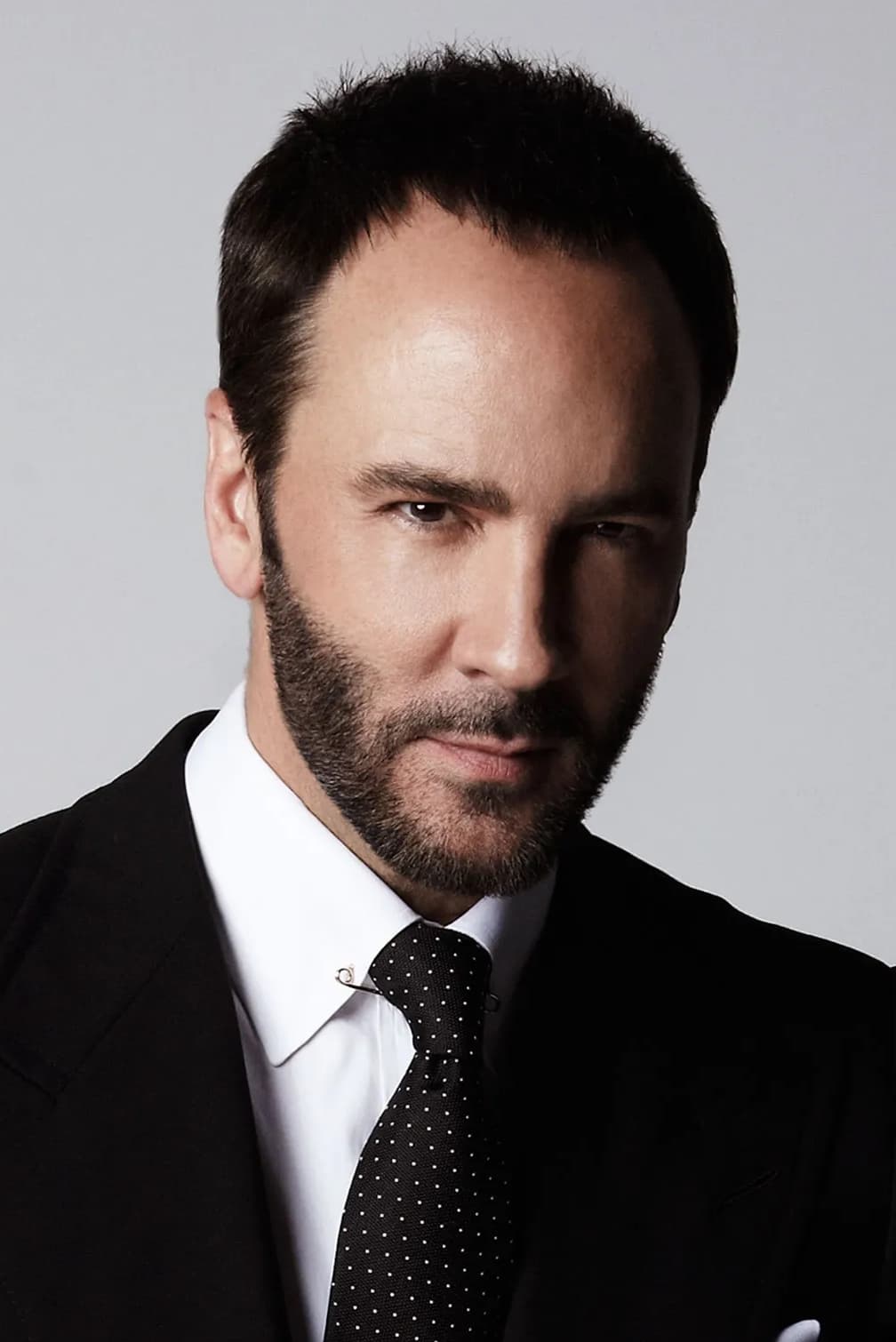 TMDb
TMDbFord drew on a fashion background to craft meticulously designed films with a strong sense of mood. ‘A Single Man’ and ‘Nocturnal Animals’ showcase precise color palettes, curated music, and narratives that intertwine elegance with grief and vengeance.
He wrote, produced, and directed while working closely with top craftspeople in costume and production design. Ford’s shift from fashion houses to film sets demonstrated how visual branding and cinematic storytelling can reinforce each other across creative fields.
James Whale
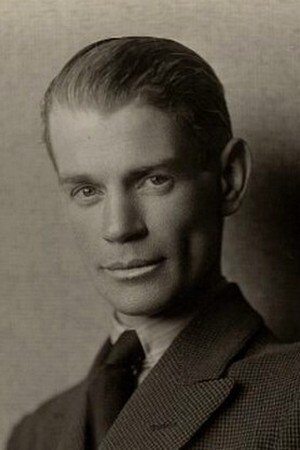 TMDb
TMDbWhale brought a theatrical sensibility to early Hollywood horror and helped define the genre’s visual language. His classics include ‘Frankenstein’, ‘The Bride of Frankenstein’, ‘The Invisible Man’, and ‘The Old Dark House’, which combined expressionist lighting with sharp staging.
Before film, he directed plays and carried that command of blocking and tone to the screen. His off-kilter humor and empathy for outsiders gave studio genre cinema a personality that remains influential in modern horror and fantasy.
George Cukor
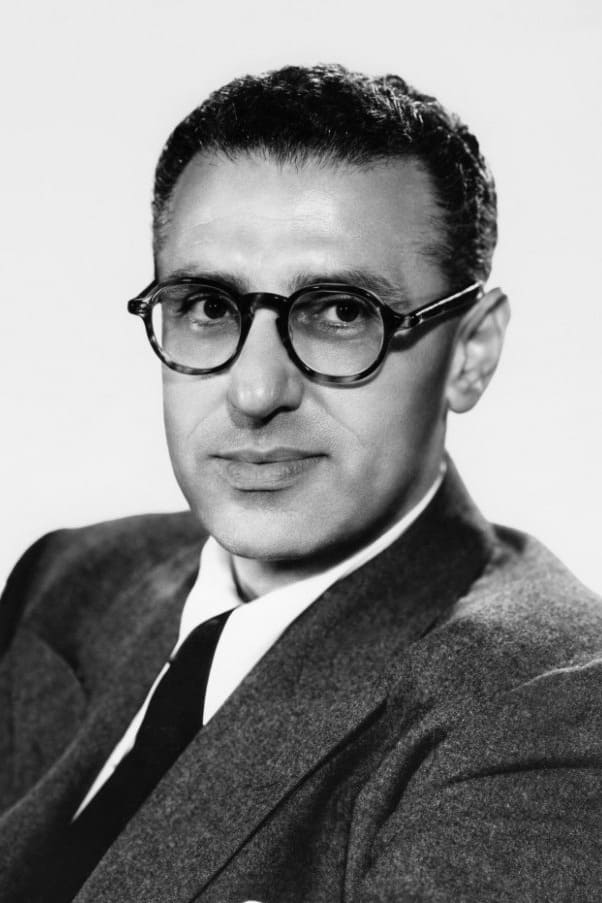 TMDb
TMDbCukor became one of Hollywood’s most dependable directors of sophisticated comedies and dramas. His filmography features ‘The Philadelphia Story’, ‘Gaslight’, ‘Adam’s Rib’, and ‘My Fair Lady’, all anchored by star performances shaped through precise rehearsal and pacing.
He was known for long relationships with actors, writers, and designers, and for a calm set environment that brought out detailed work. Cukor’s studio era career illustrates how craft and collaboration can thrive within a system built on contracts and backlots.
François Ozon
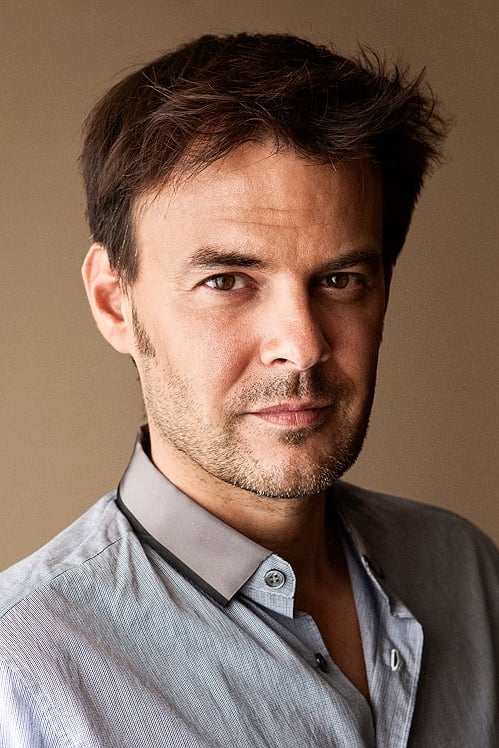 TMDb
TMDbOzon moves fluidly across tones, making thrillers, comedies, and intimate dramas with equal confidence. Works like ‘Swimming Pool’, ‘8 Women’, ‘In the House’, and ‘By the Grace of God’ display a fascination with performance, mystery, and moral ambiguity.
He often collaborates with a rotating ensemble of French stars and adapts literature and theater with playful structure. Ozon’s steady output keeps him central to contemporary European cinema while maintaining a strong international audience.
Luchino Visconti
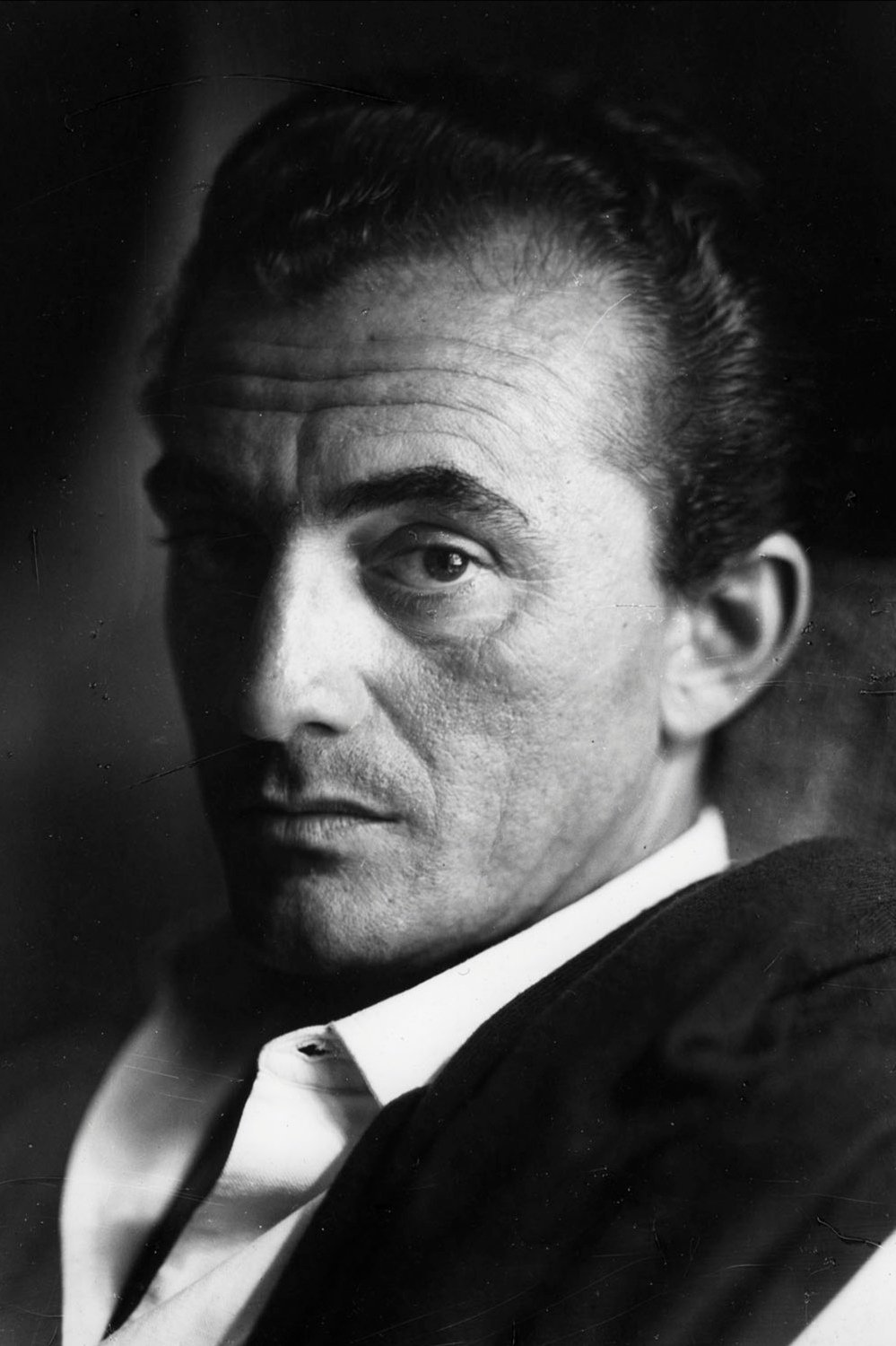 TMDb
TMDbVisconti combined aristocratic heritage with leftist politics to create lush yet unsparing portraits of society. Major films include ‘Ossessione’, ‘Senso’, ‘Rocco and His Brothers’, ‘The Leopard’, and ‘Death in Venice’, all noted for exacting production values and grand emotional scale.
He worked in opera and theater, bringing that sense of spectacle to film through elaborate sets, costumes, and choreography. Visconti’s historical epics and family sagas shaped the language of period cinema for directors who followed.
John Schlesinger
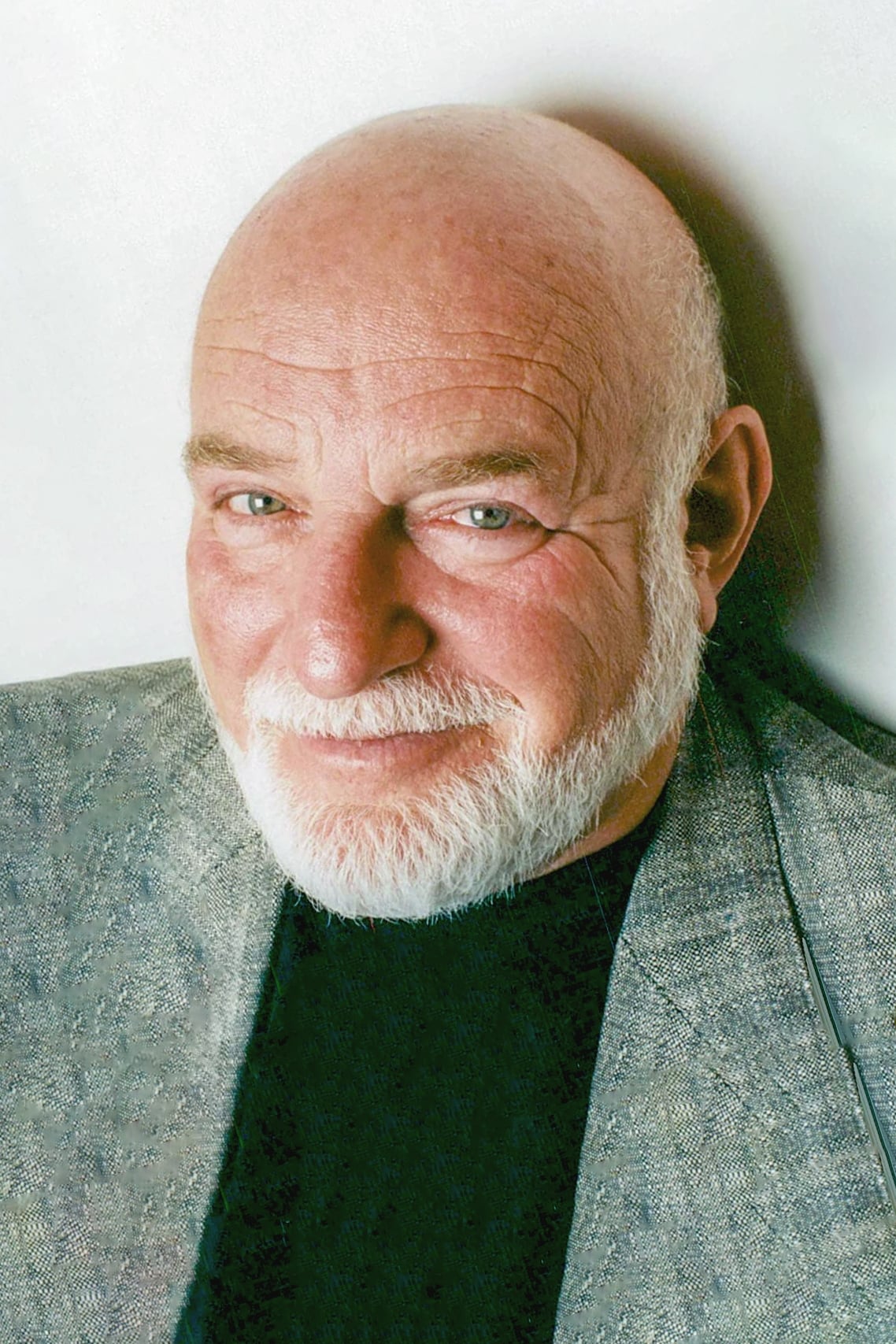 TMDb
TMDbSchlesinger bridged British realism and American grit with a varied career across countries. His credits include ‘A Kind of Loving’, ‘Billy Liar’, ‘Darling’, and ‘Midnight Cowboy’, which captured restless characters navigating changing social landscapes.
He moved between studio projects and personal stories while keeping strong ties to theater. Schlesinger’s work with cinematographers and editors brought a dynamic energy to character studies that remain touchstones for modern urban dramas.
Tsai Ming-liang
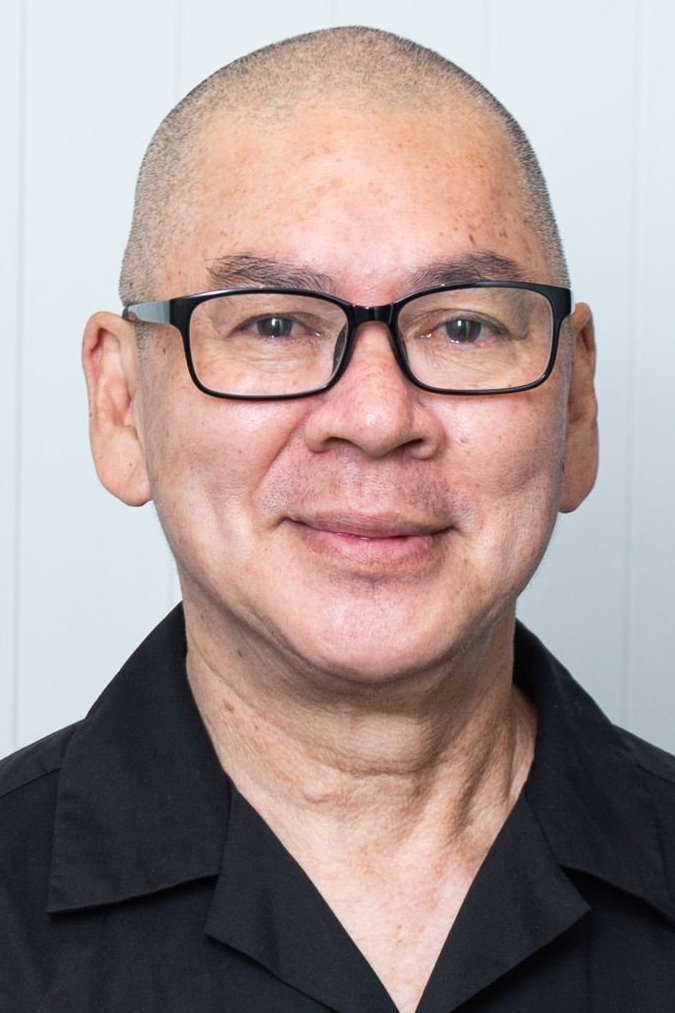 TMDb
TMDbTsai is a master of contemplative cinema, using long takes and minimal dialogue to examine isolation and desire in contemporary life. Notable films include ‘Vive L’Amour’, ‘The River’, ‘Goodbye, Dragon Inn’, ‘Stray Dogs’, and the ongoing ‘Walker’ pieces with monk-like pacing.
He often collaborates with actor Lee Kang-sheng, creating a decades-long portrait that blurs the line between character and performer. Tsai’s installations and gallery works extend his filmmaking into museums, showing how slow cinema can thrive across spaces and formats.
Share your own picks in the comments and tell us which directors you think belong on this list.

.jpeg)

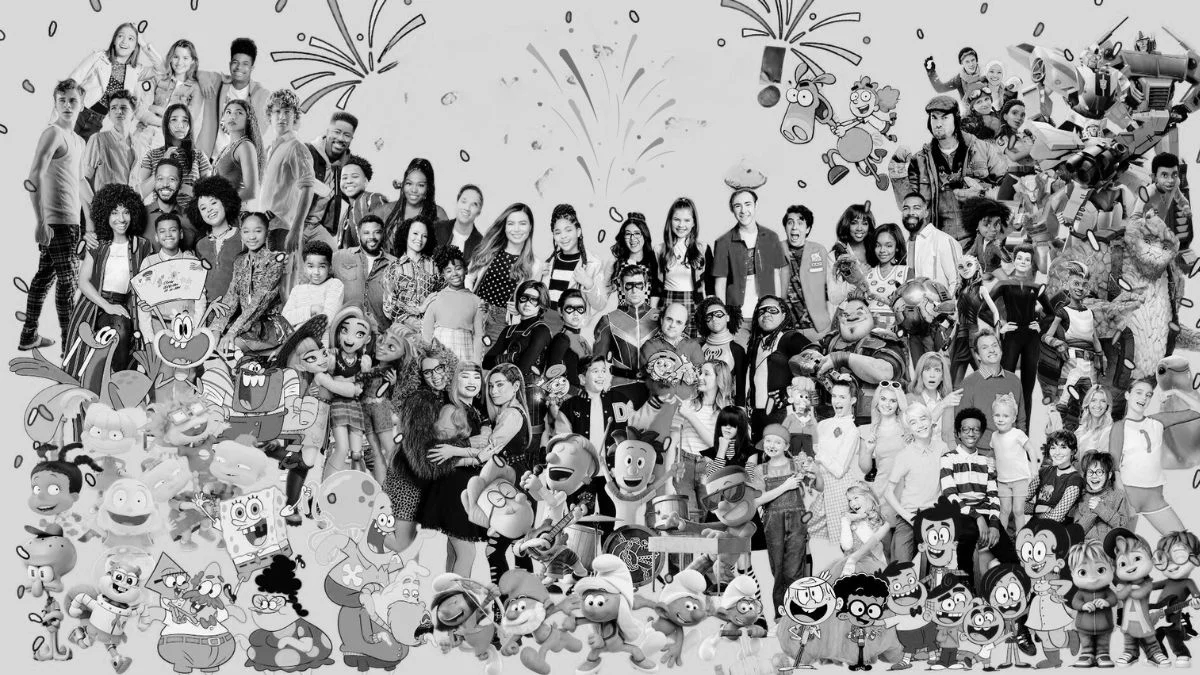
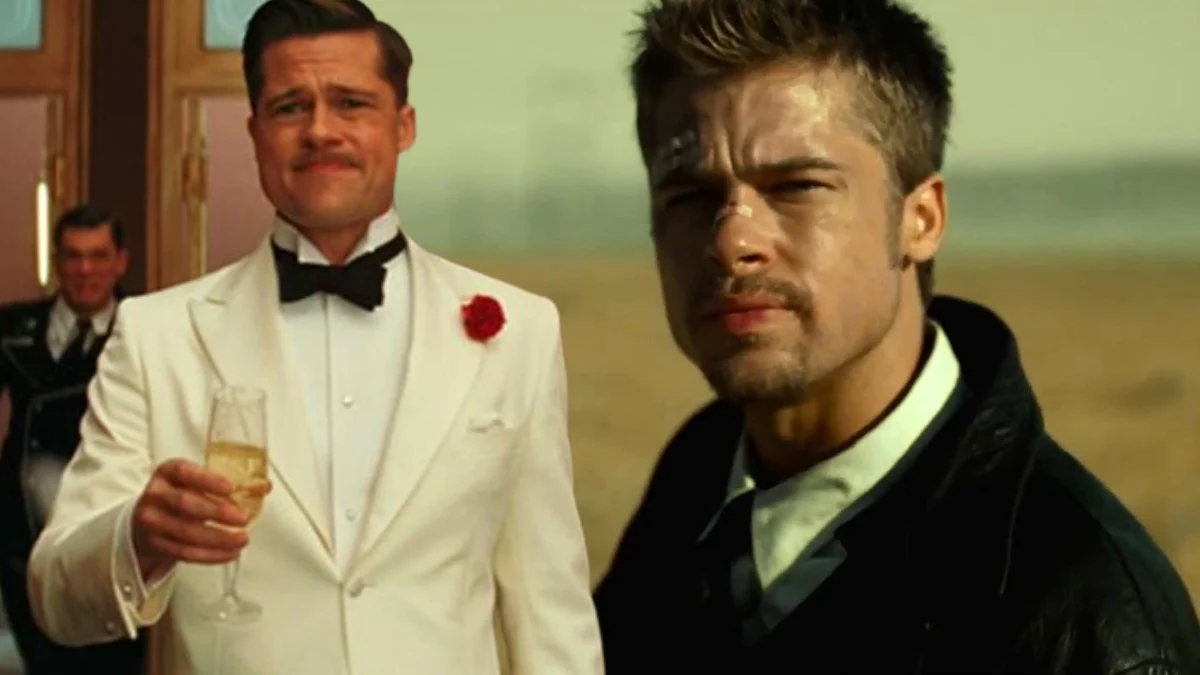
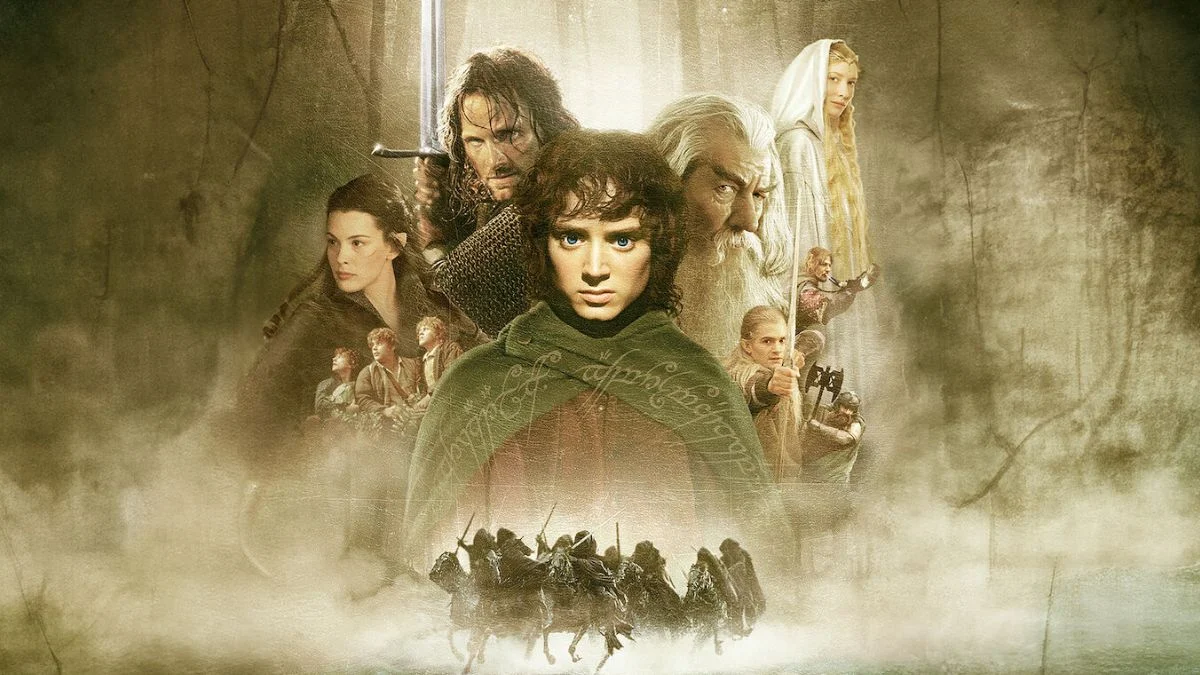
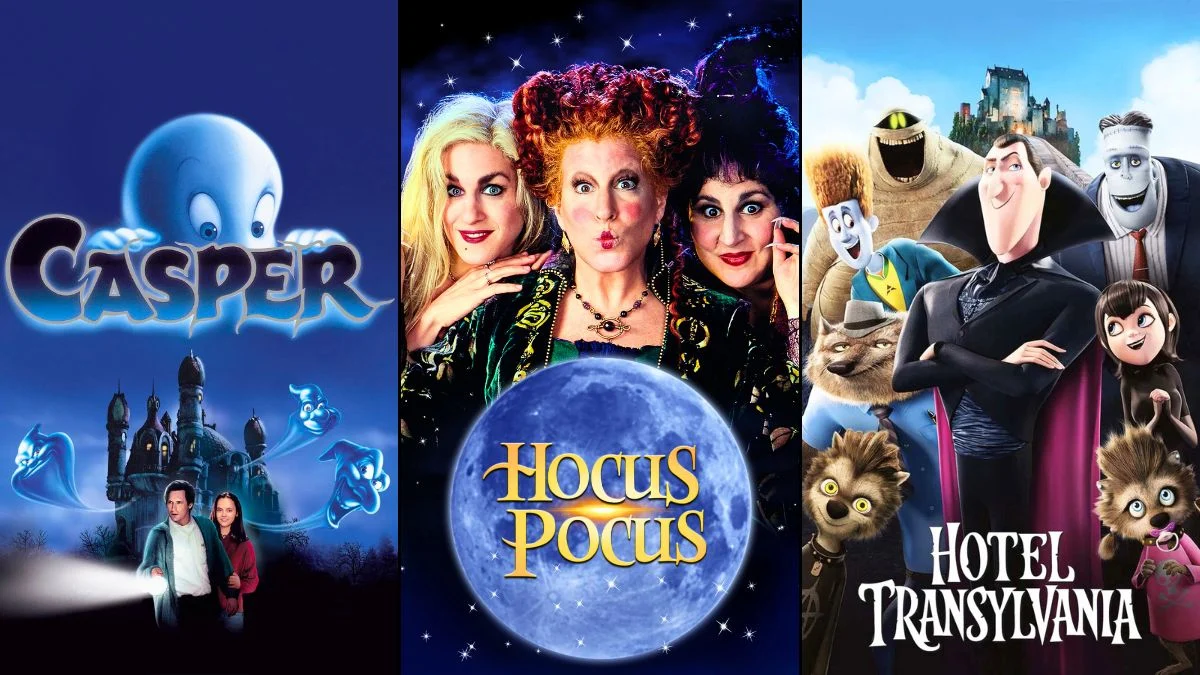

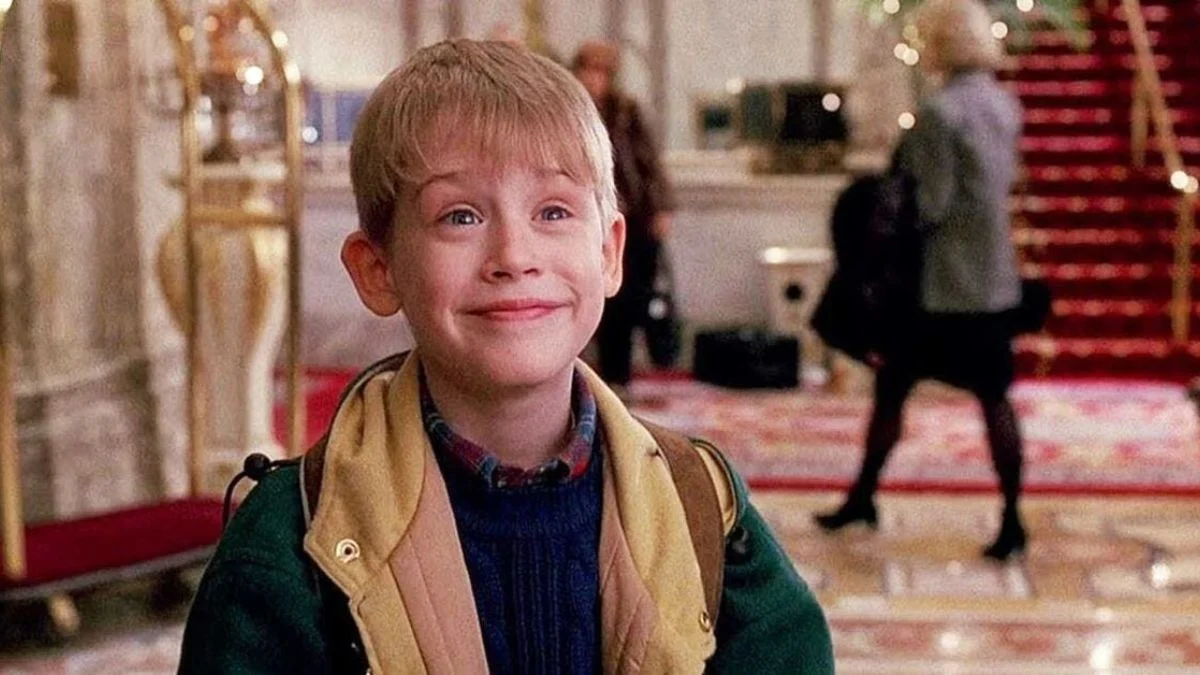
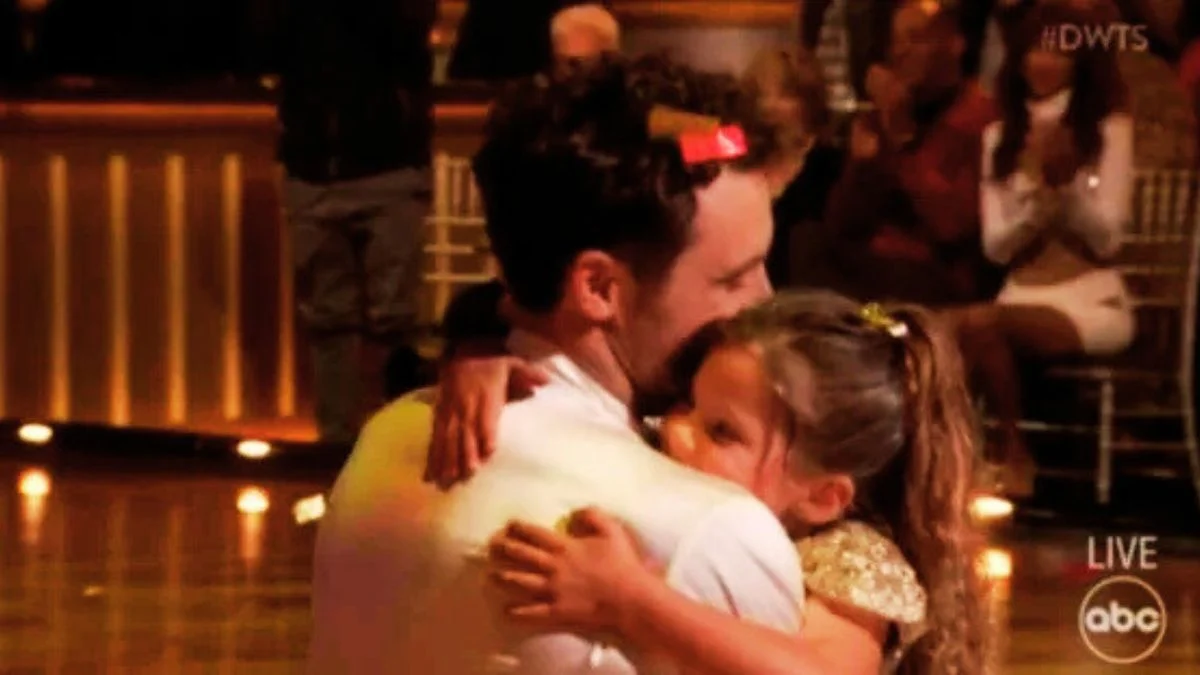
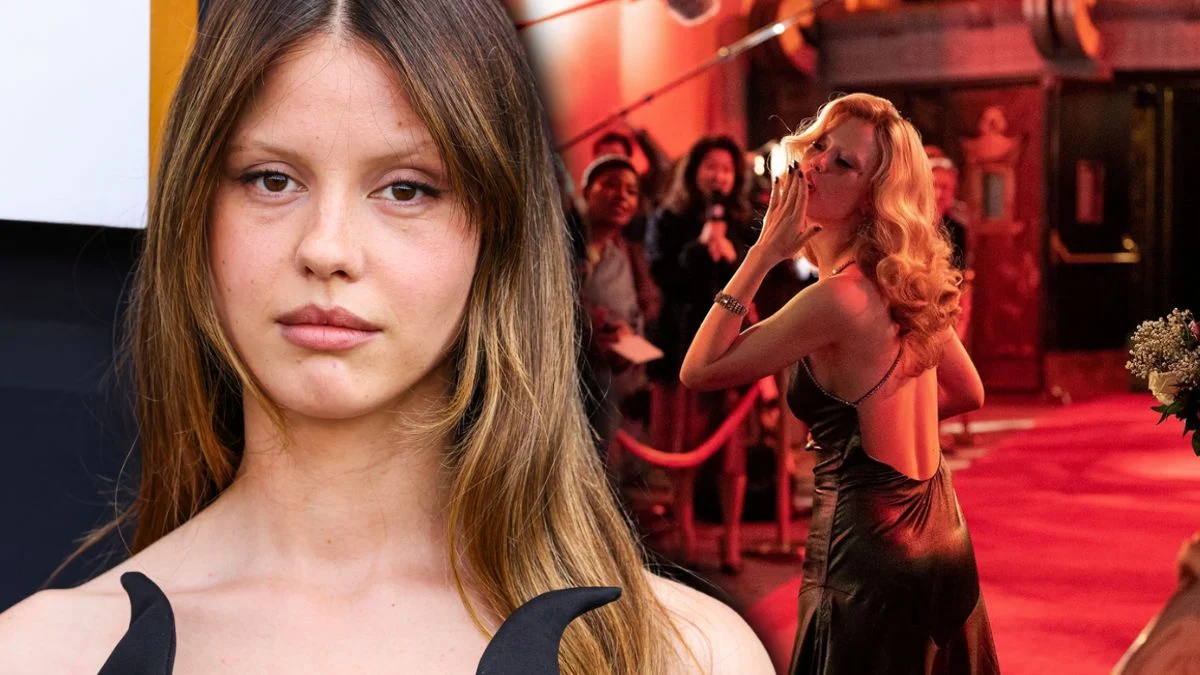
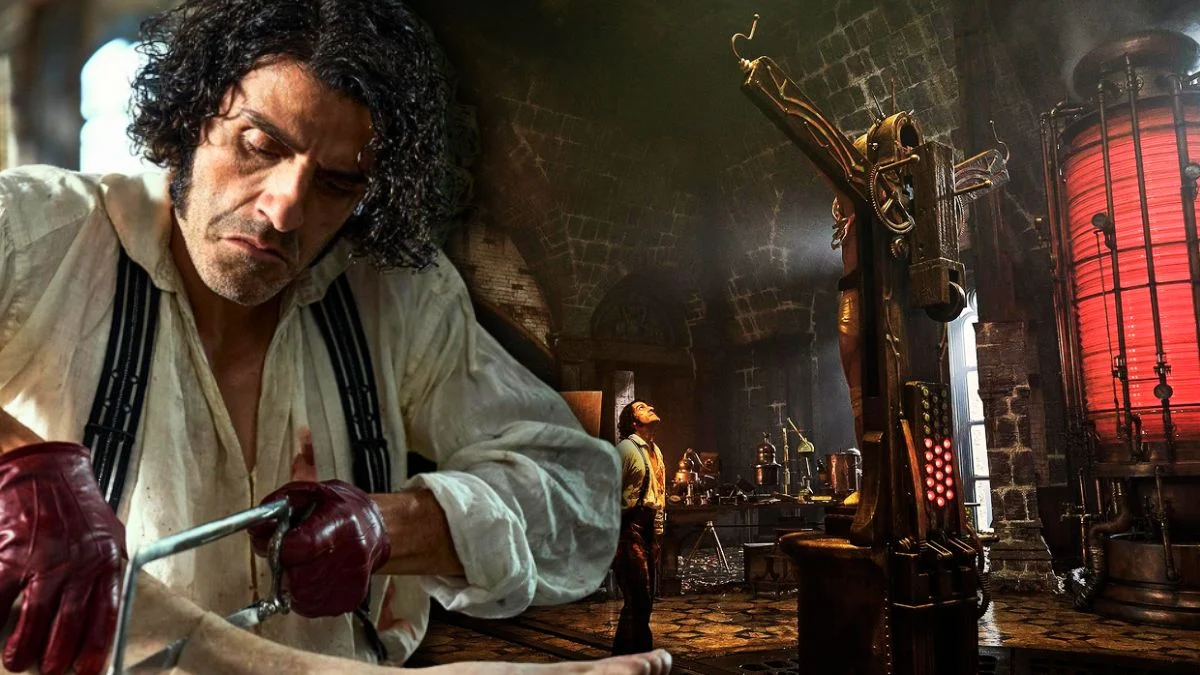
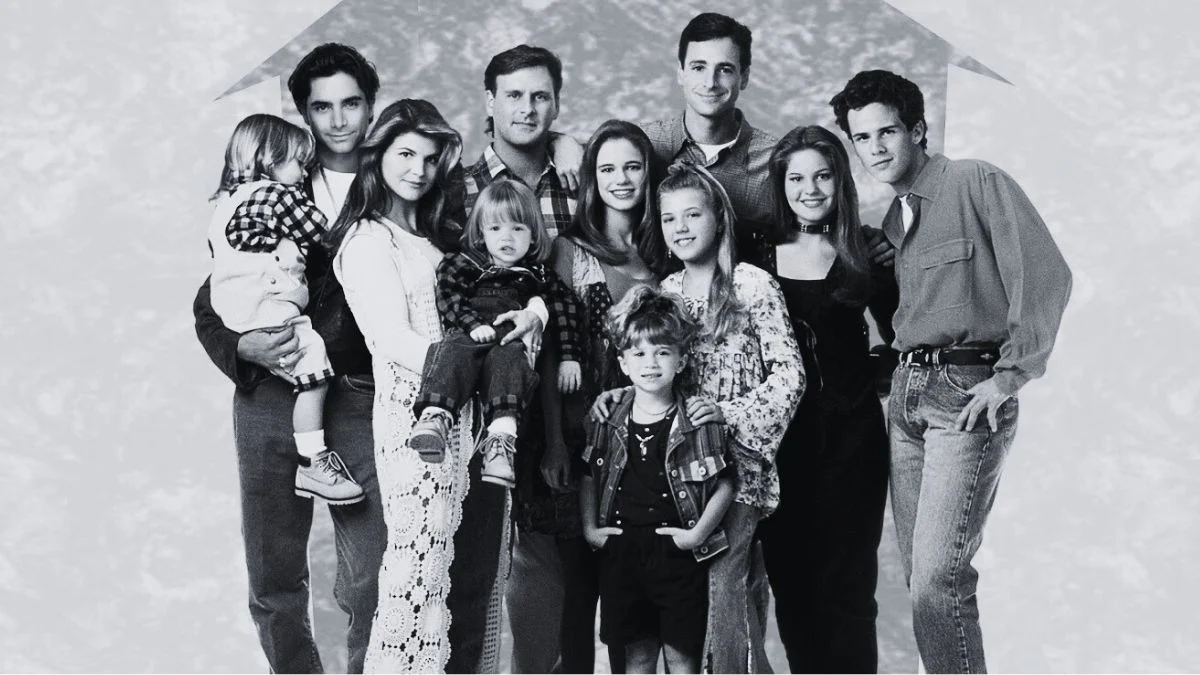
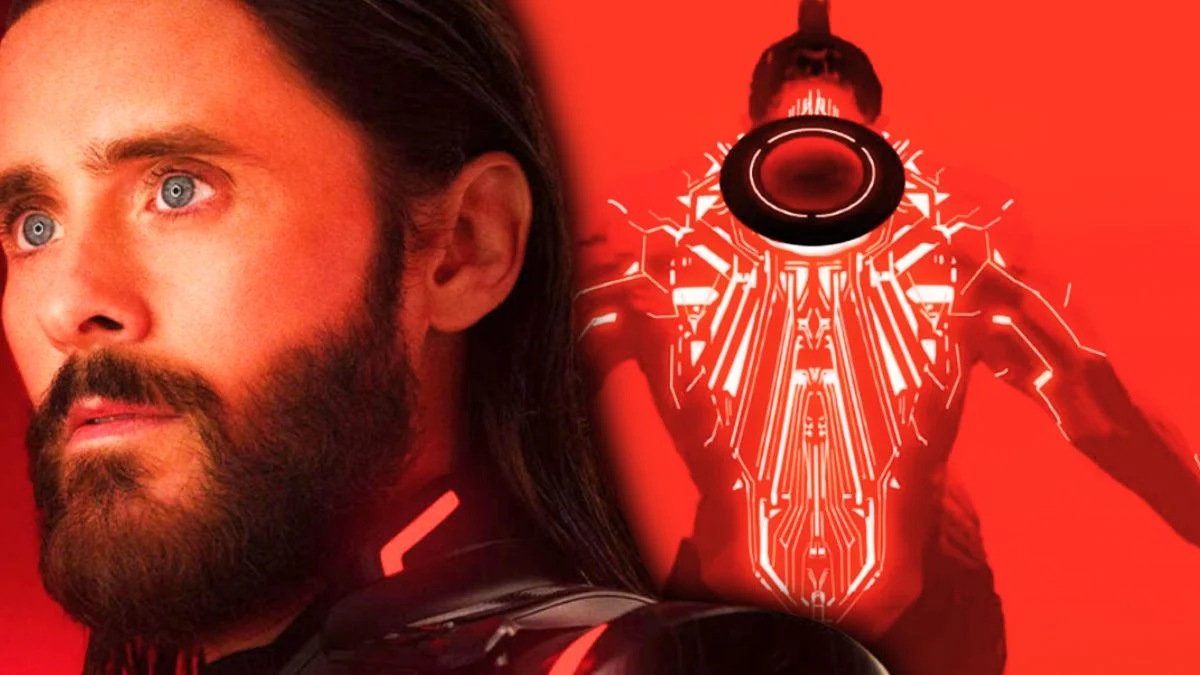
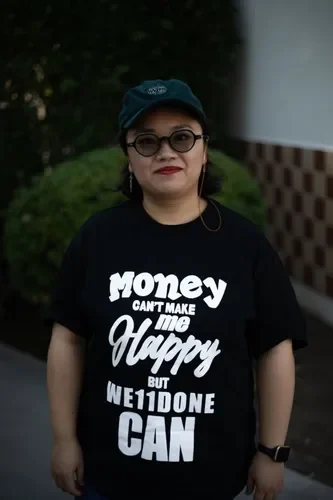
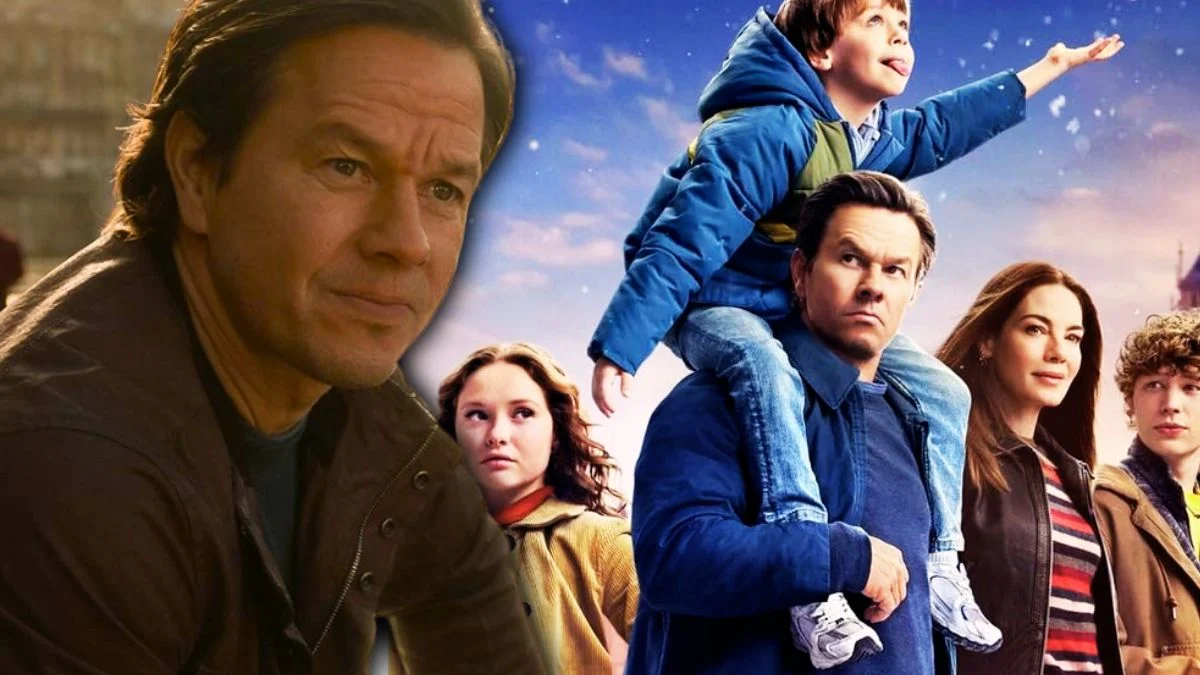
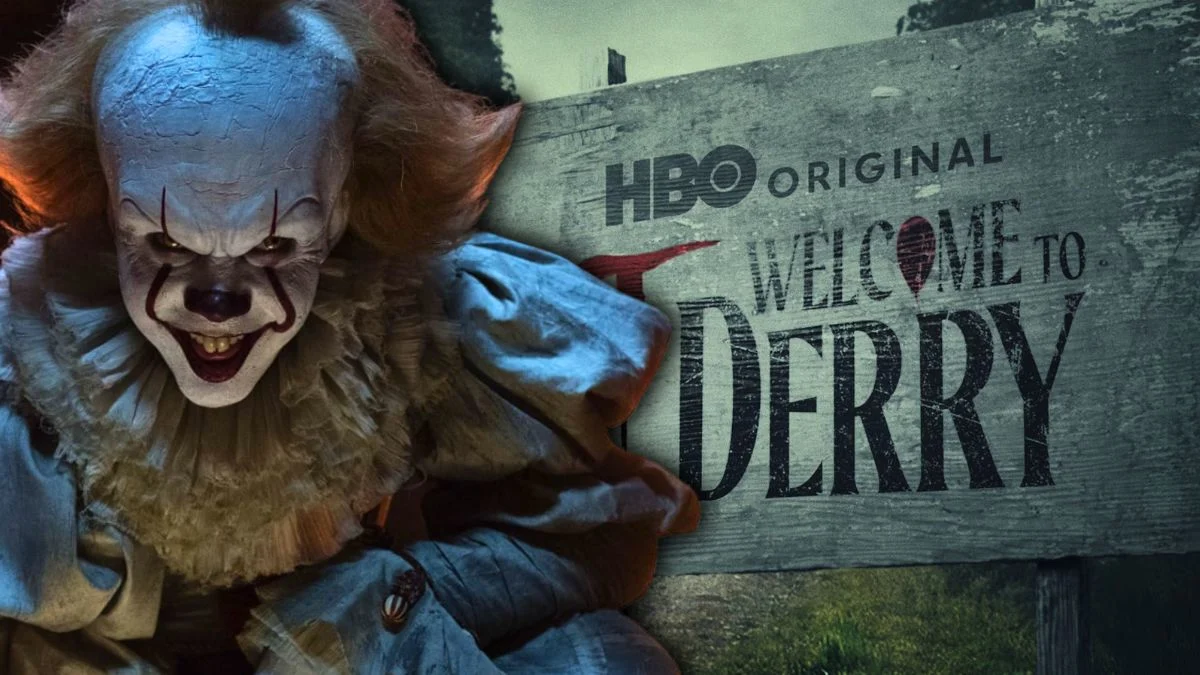
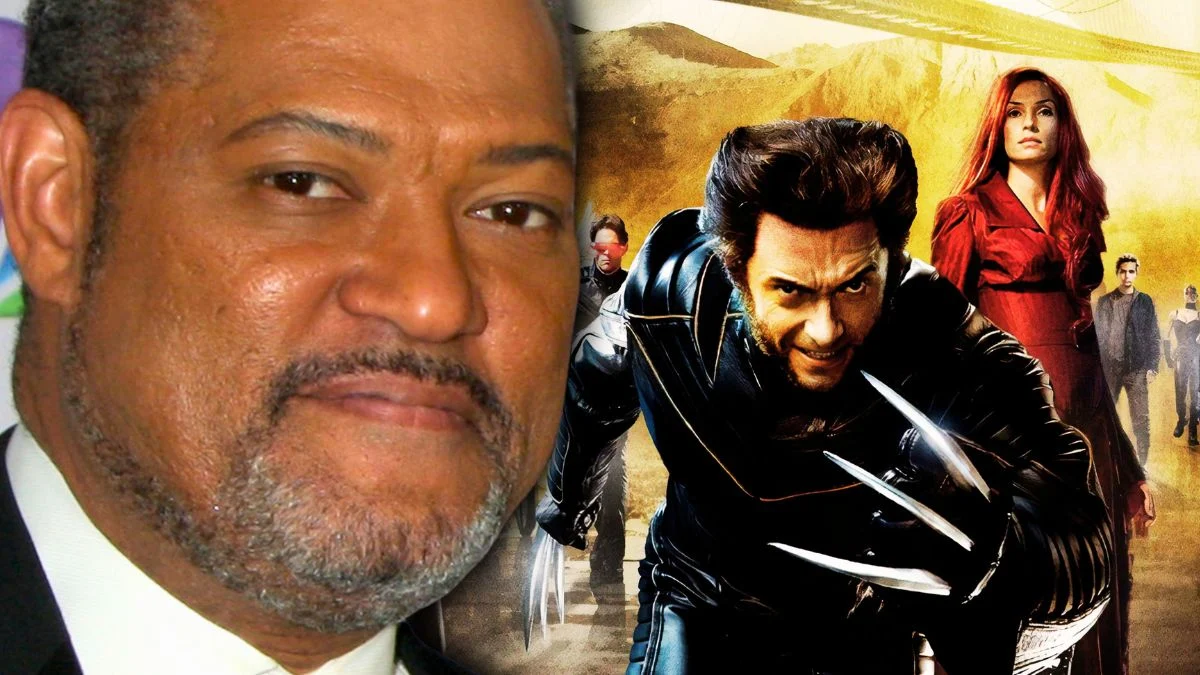
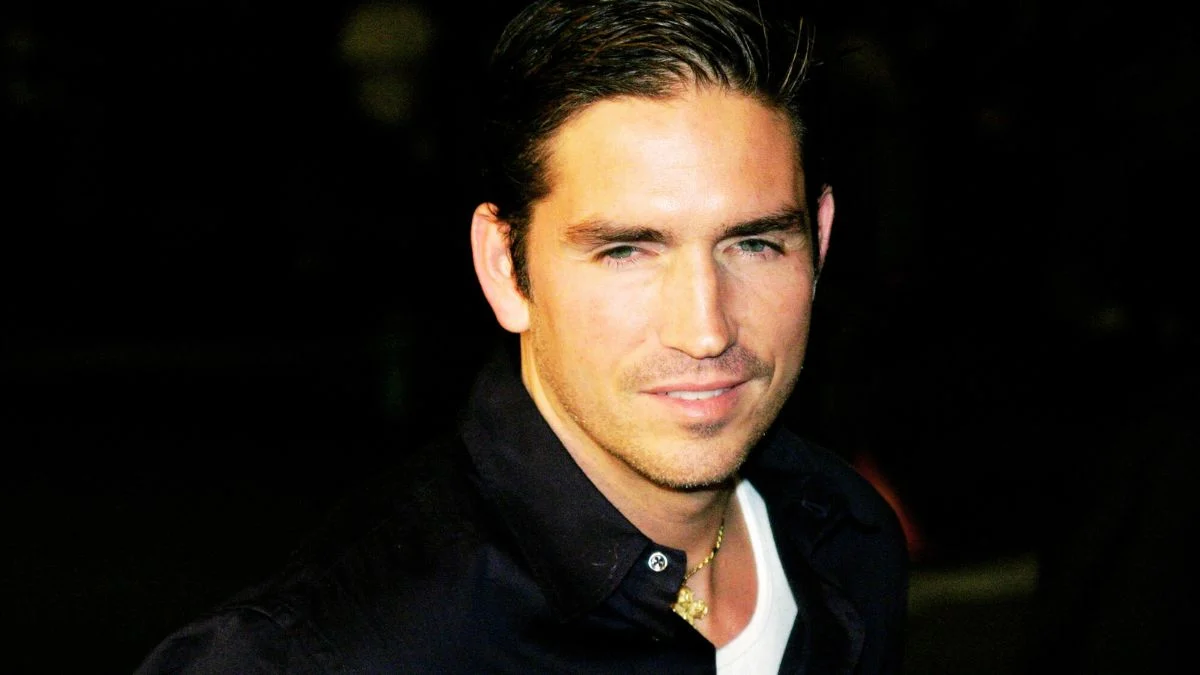
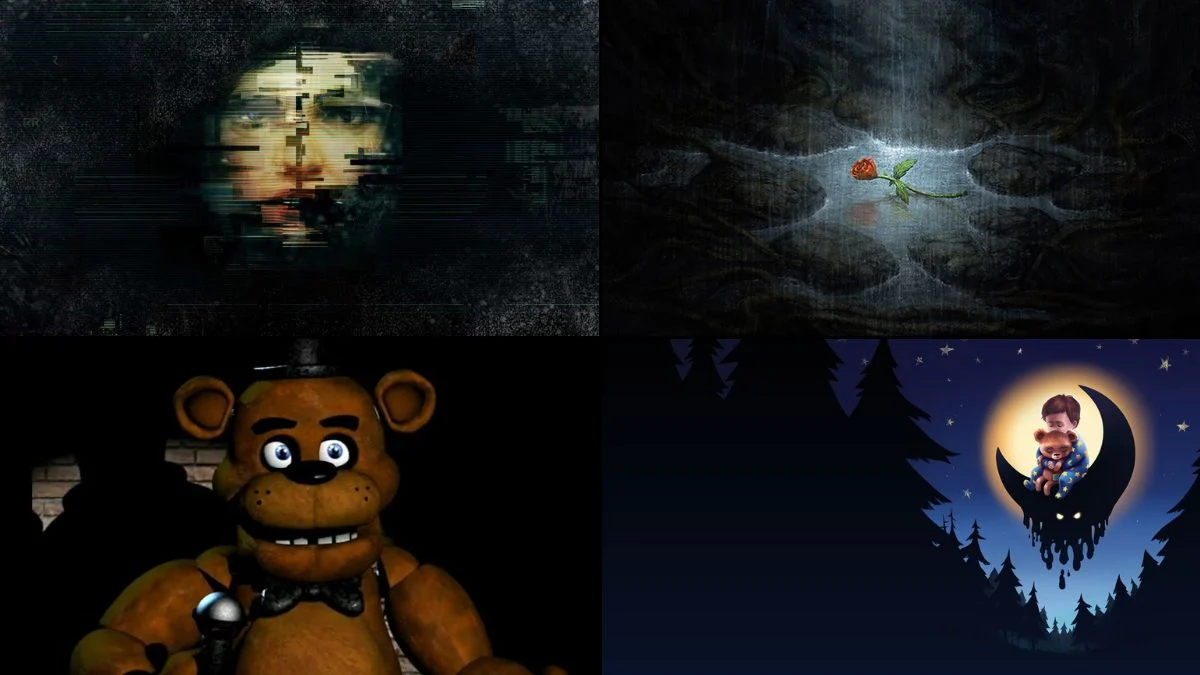
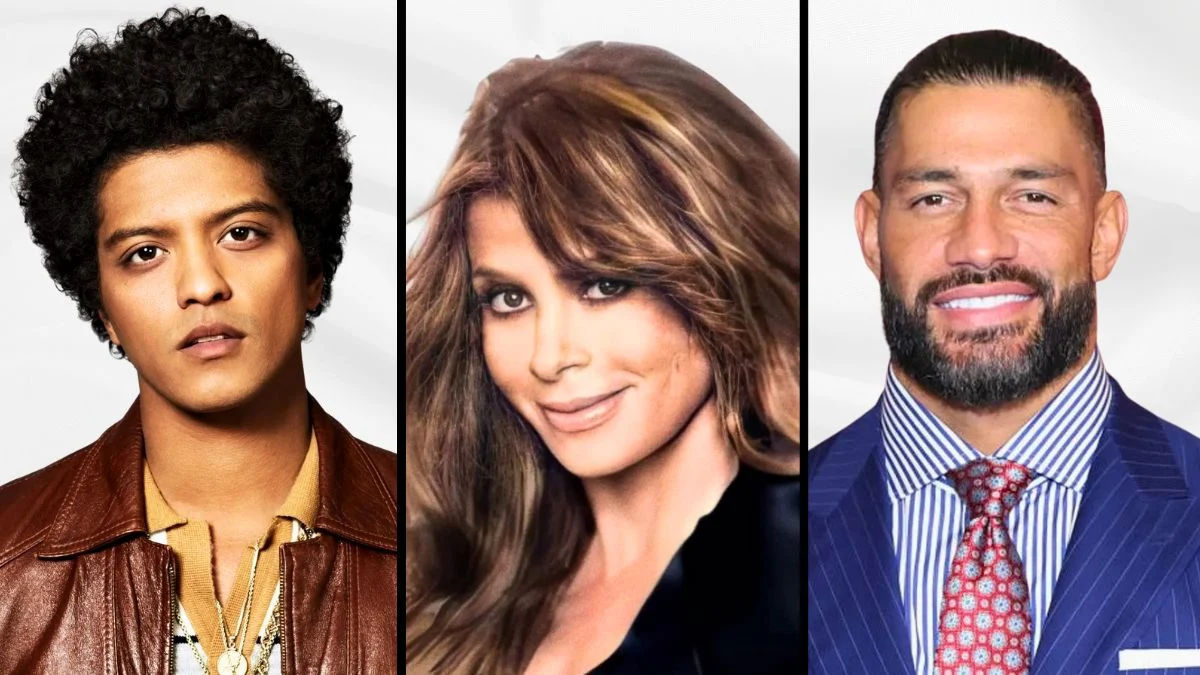
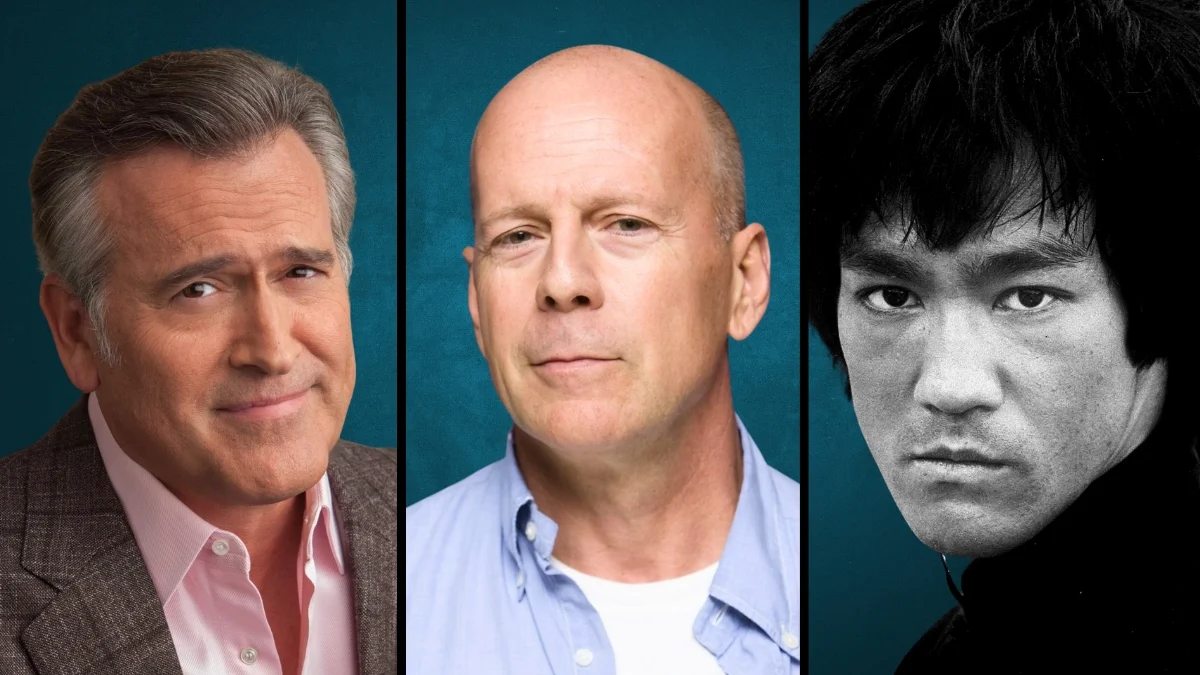



.jpeg)













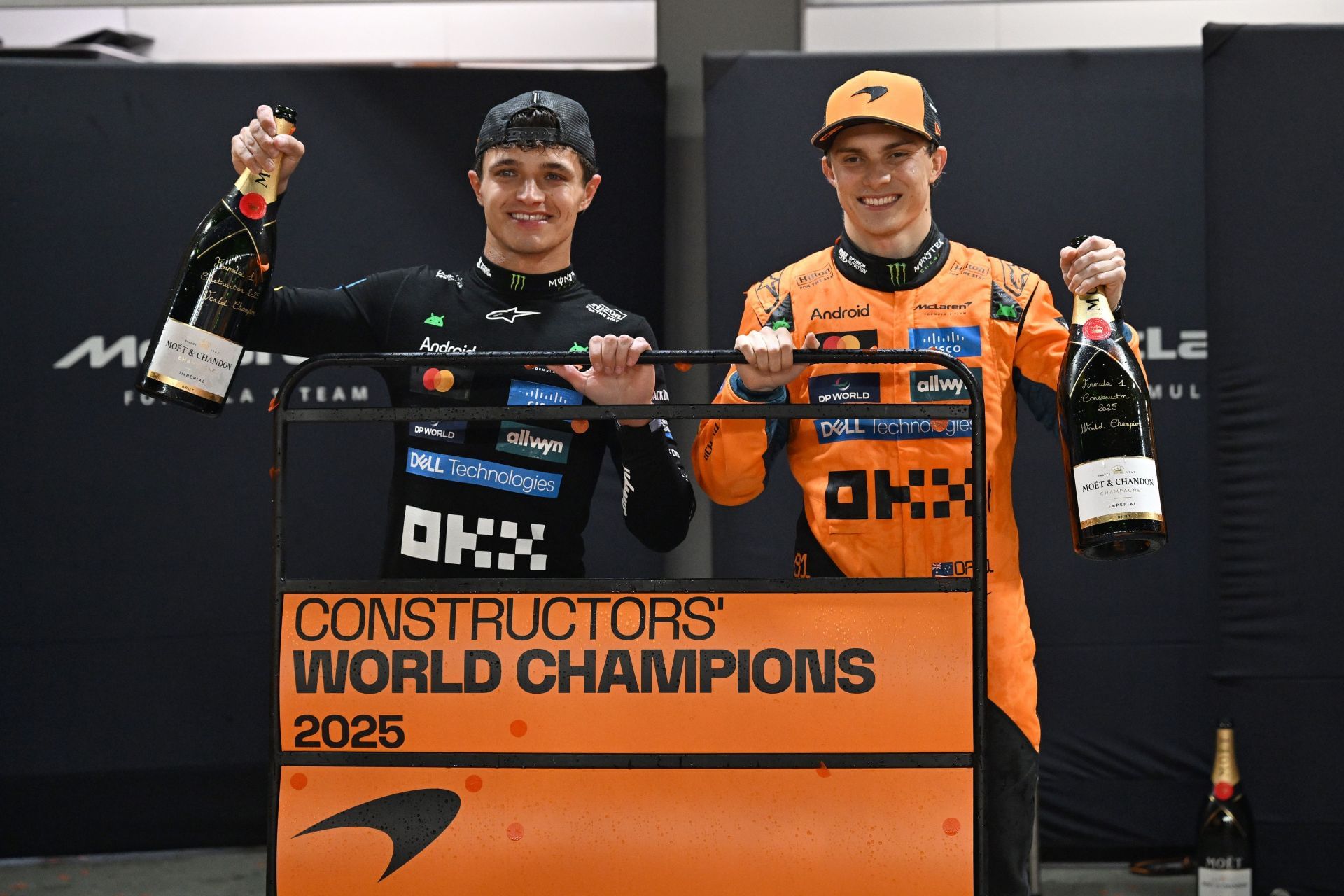
 English (US) ·
English (US) ·